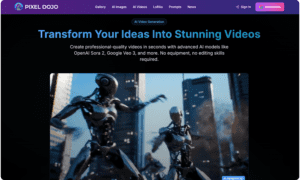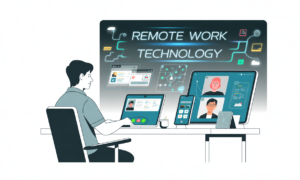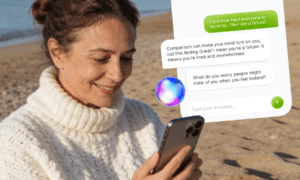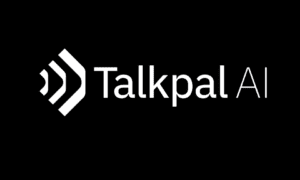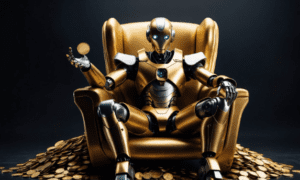When Toy Story was released in 1995, it was heralded as the end of traditional animation. As the first-ever fully computer-generated animated movie, Toy Story promised a bold new world of potential, removed from the more classical constraints of two-dimensional animation.
However, it’s critical to note that this wasn’t the end of the former art form. Rather, digital animation was an evolution of it that could coexist alongside it and had been doing so for several years. For as buzzy as it was to pit digital animation and traditional animation against one another at this time, they had actually been working in tandem for years by then to deliver incredibly impressive work. Films such as The Great Mouse Detective, Beauty and the Beast, and The Lion King all utilized groundbreaking digital animation technology for key sequences, helping to bolster and further dynamize their visual impact.
As such, for as innovative as this new tool of digital animation was, it wasn’t the end of an art-form, but rather the beginning of a new era of it. One could make the argument that the AI animation generator is now the latest manifestation of this evolution. Thirty years after digital animation hit the big time, it has now been pushed to new plateaus, as AI video, which is essentially automated digital animation, has taken hold of the public consciousness. AI image to video generator tools are opening new creative frontiers, enabling artists, animators, and storytellers to convert static visuals into dynamic animations, including highly stylized anime transformations, with unprecedented ease and speed.
How AI Is Redefining the Animation Workflow
Traditional animation requires frame-by-frame effort and skilled labor. AI animation tools automate motion generation, style transfer, and sequencing from single images or prompts. Not only does this substantially reduce the cost and time required to animate something, but it also expands accessibility for non-professionals.
In the past, you needed to be a highly skilled artist and have a keen understanding of everything from physics to motion fluidity to cinematic language to be an effective animator. But today, with AI tools, everything has been equalized, and you no longer need to have any discernible talent to contribute to the artistic conversations.
Image to Video Generator Technology Explained
AI uses deep learning to infer motion, transitions, and cinematic effects from still images. This supports stylized outputs such as anime, sketch, or realistic textures. As such, the tool has been incredibly useful for short films, social content, concept art visualization, and virtual storytelling.
It is critical to note that the deep learning used by AI systems consumes vast amounts of pre-existing material to better understand how it can serve user prompts. For example, many such AI systems have been trained on countless hours of animated films or other footage, making the regurgitated footage they then generate a bit morally and legally questionable in terms of authenticity. This has led to many film studios taking hard stances against AI video, suing for plagiarism and copyright infringement.
Anime-Style Video: A Niche Powered by AI Creativity
AI models trained on anime visuals can recreate the distinct movement and expression styles of Japanese animation. This is great for everything from fan content to experimental animation, or even early-stage production mockups. The aesthetic consistency makes it ideal for web-based storytelling and indie projects.
Notably, while Toy Story revolutionized the field of professional animation, turning many studios onto the idea of digital animation, it didn’t incite a change amongst casual consumers. In 1995, people were even less capable of creating a digitally animated work than they were of creating a traditionally animated one. But with AI, the revolution goes beyond professionals; now, anyone can make this new kind of animated work.
FAQs Section
Can AI really generate animation from a single image?
Yes. Tools like an AI video generator use AI to simulate motion, lighting changes, and transitions based on still visuals and learned patterns.
What are anime-style AI videos used for?
They’re popular in fan art, storytelling, music videos, and concept design, where fast turnaround and distinct visual identity are needed.
Is DomoAI suitable for professional creatives?
Yes. It caters to both hobbyists and pros, offering flexibility in video style, resolution, and creative direction.


